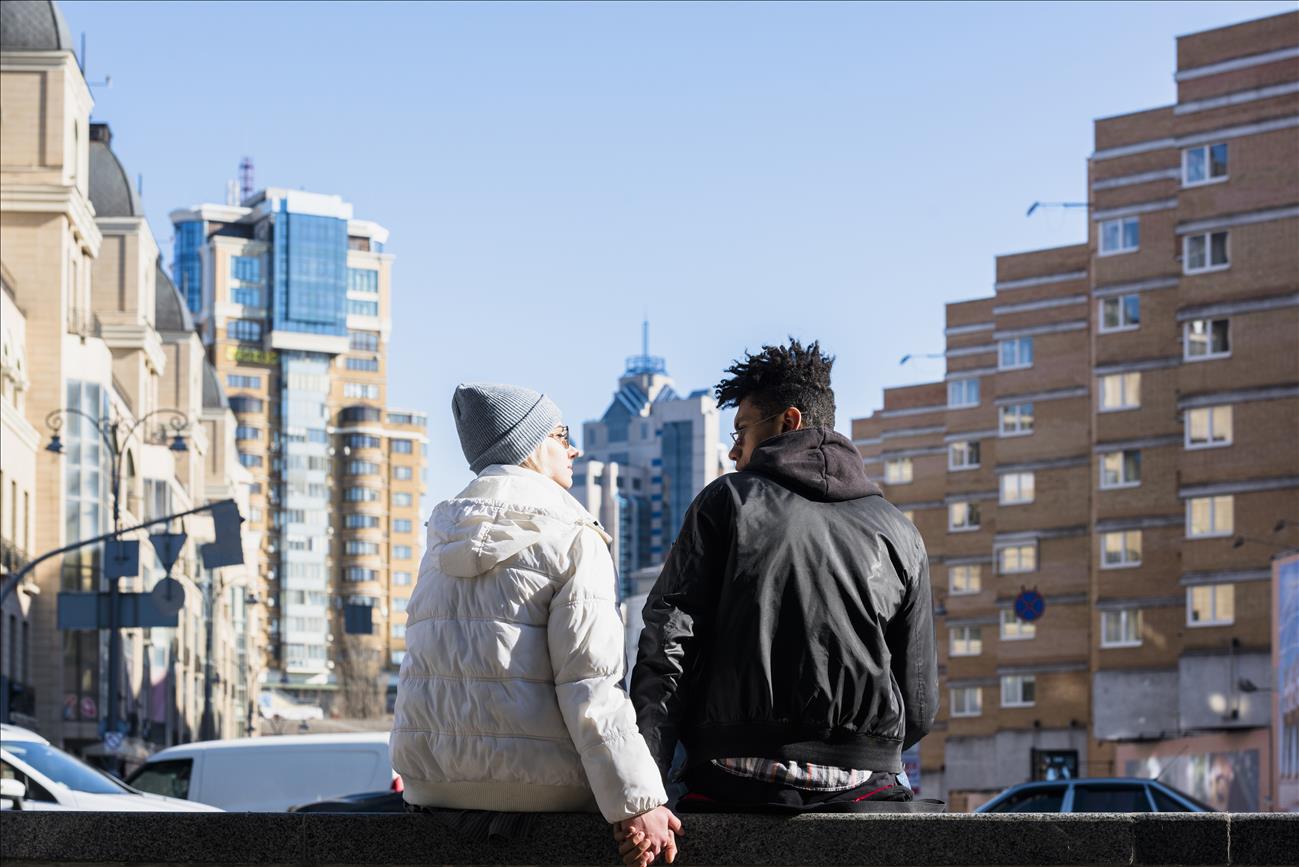New York City is home to a diversity of languages, people, cultures, routines – and even lifestyles! This is why it’s known as the Big Apple. It’s rich in talent, people, and essence.
So, whether you're a newcomer to the Big Apple or simply relocating to a different city requires careful planning and consideration. In this comprehensive guide, we'll walk you through the essential steps to make your transition as smooth as possible — from familiarizing yourself with the city to settling into the perfect neighborhood, and everything in between. Let’s dive in!
Familiarize yourself with a City:
Start by exploring the city's five boroughs – Manhattan, Brooklyn, Queens, the Bronx, and Staten Island – each offering its distinct character and charm. Get acquainted with the city's public transportation system, including the iconic subway system, buses, ferries, and commuter trains, which serve as lifelines connecting every corner of the city. You might also want to get familiar with the trendy streets of Williamsburg in Brooklyn to the historic brownstones of the Upper West Side in Manhattan. In NYC, there's a neighborhood to suit every taste and lifestyle. So, take the time to explore different areas, wander through local markets, dine at neighborhood eateries, and strike up conversations with residents to get a feel for where you might want to plant your roots. We recommend beginning your journey by researching reputable sources such as official city guides, local blogs, and travel websites to gain insights into different areas and their highlights. Once you've identified neighborhoods of interest, consider taking walking tours led by knowledgeable guides or using mobile apps that provide self-guided tours, allowing you to immerse yourself in the local culture and history.
Settle for a Neighborhood:
When you’ve familiarized yourself, there must be some neighborhoods that have a better score on your radar. Considering these, narrow down your options.
Once you've narrowed down your options, consider visiting prospective neighborhoods in person to get a feel for their atmosphere and amenities. Take a stroll through the streets, explore local shops and eateries, and observe the community in action. Pay attention to factors such as:
- Cleanliness
- Noise levels
- Overall ambiance
This will help determine whether a neighborhood aligns with your lifestyle and preferences.
Remember to consider your budget when choosing a neighborhood, as rent or housing prices can vary significantly across different areas of the city. Factor in additional costs such as utilities, groceries, and transportation to ensure that your chosen neighborhood is affordable in the long term.
Most Expensive Neighborhoods in New York City
Most Affordable Neighborhoods in New York City
Manhattan - Tribeca
Bronx - Hunts Point
Manhattan - Greenwich Village
Brooklyn - East New York
Manhattan - Upper East Side
Queens - Jamaica:
Brooklyn - Brooklyn Heights
Staten Island - St. George
Queens - Long Island City
Manhattan - Inwood
Choose a Moving Company:
Start by researching local moving companies online and reading reviews from previous customers to gauge their reliability, professionalism, and customer satisfaction ratings. Look for long-distance movers in NYC that are licensed, insured, and accredited by reputable organizations such as the Better Business Bureau (BBB) to ensure compliance with industry standards and regulations. Once you've compiled a list of potential moving companies, contact each one to request a quote and inquire about their services, pricing, and availability. Be sure to ask about any additional fees or surcharges, such as packing supplies, storage, or long-distance transportation, to avoid surprises on the moving day. Also, when comparing quotes, consider factors such as:
- Company's reputation
- Experience
- Track record of customer satisfaction
These aspects will help you make a much more stress-free decision rather than simply opting for the lowest price.
Find Shorter Routes Around:
Navigating the bustling streets of New York City can sometimes feel too challenging, but with a little planning and insider knowledge, you can find shorter routes to get around more efficiently.
Consider using mobile navigation apps such as Google Maps, Waze, or Citymapper, which provide real-time traffic updates and alternative routes to help you avoid congestion and minimize travel time.
Additionally, familiarize yourself with the city's extensive public transportation network, including the subway, buses, and commuter trains. The Metropolitan Transportation Authority (MTA) offers various tools and resources, such as online trip planners and mobile apps, to help you navigate the city's transit system and find the fastest routes to your destination. For pedestrians and cyclists, New York City offers a network of bike lanes, pedestrian-friendly streets, and greenways. Take advantage of bike-sharing programs such as Citi Bike or explore designated pedestrian paths to discover hidden shortcuts and scenic walks throughout the city. Lastly, don't be afraid to ask locals for recommendations or insider tips on navigating the city more efficiently. Whether it's discovering a lesser-known shortcut through a neighborhood or avoiding tourist-clogged streets during peak hours, tapping into local knowledge can help you find shorter routes and make your journey through New York City a breeze!
Final Words:
Summing up, moving to or within New York City offers a journey filled with excitement, challenges, and endless opportunities. Embracing the city's diversity, mastering its transportation networks, and finding balance in its vibrant energy is key to thriving in this dynamic city!
Are You a Professional?
Requests for your services are coming in left and right. Let’s connect and grow your business, together.


